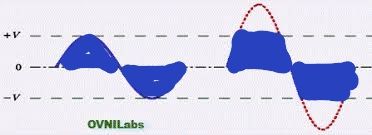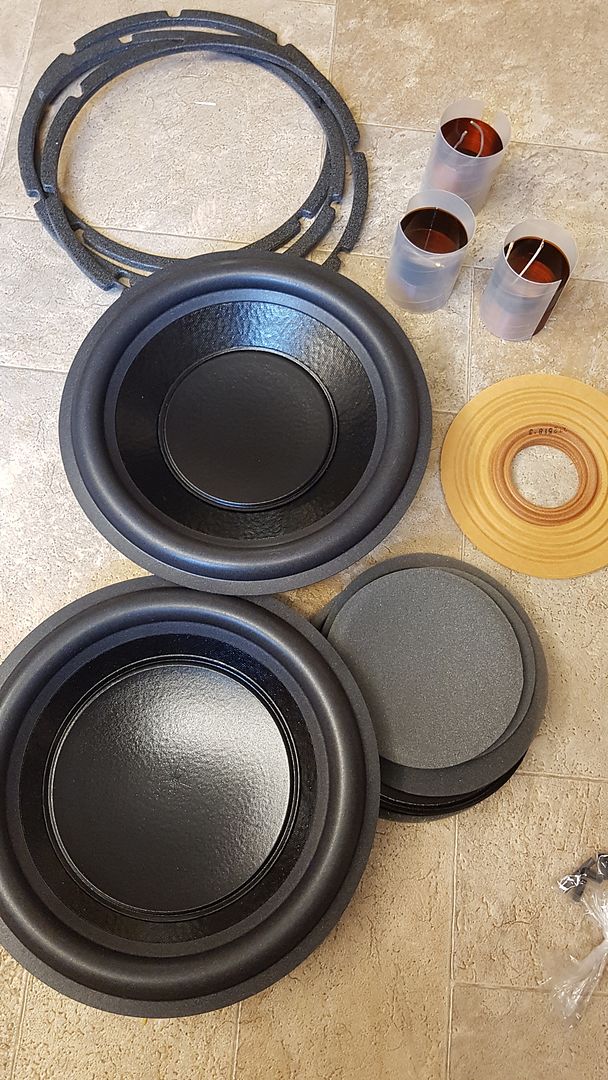A "peak limiter" is a compressor that attenuates the voltage peaks at a ratio of infinity:1. So there won't be any peaks above your threshold. As you raise the volume the "body" of the signal below the threshold rises normally just like a compressor does. Brents graph shows that - +V and -V is the maximum voltage allowed to pass through the limiter and the area under the curve (area I shaded blue) is the power that is passed. Notice there is more area of blue (power) on the right "peak limited" signal when overdriven hard. The dotted line in red is what the limiter cutoff.

An "RMS limiter" is different than a peak limiter as it monitors the signal and reduces the gain if the average power of the signal exceeds the threshold you set. They do leave the signal as is although at a reduced level. They are useful to maintain a signal below your speakers RMS thermal rating however they still let the peaks through and when they kick in they alter your top to sub ratio. They are also usually fairly slow to kick in ~5 to 10 seconds before they work their magic. Ideally you would want both a peak limiter and an RMS limiter engaged to fully protect you. You don't really find RMS limiters on DSP's until you get to a dbx venue 360 or fancier unit.
Even if you set both types of limiters you are not fully protected. The RMS thermal ratings of your driver were tested in a climate controlled room run "free air". Running EDM (sine waves) through your wooden (insulator) subs for 72 hours straight in the desert heat can still fry them from the heat build up in the cabinet. The seasoned OEM veterans in the EDM festival world only run their cabinets at 1/4 their rated capacity to make it through long festivals in the blistering heat. Of course they bring lots of cabinets to make up for that.
